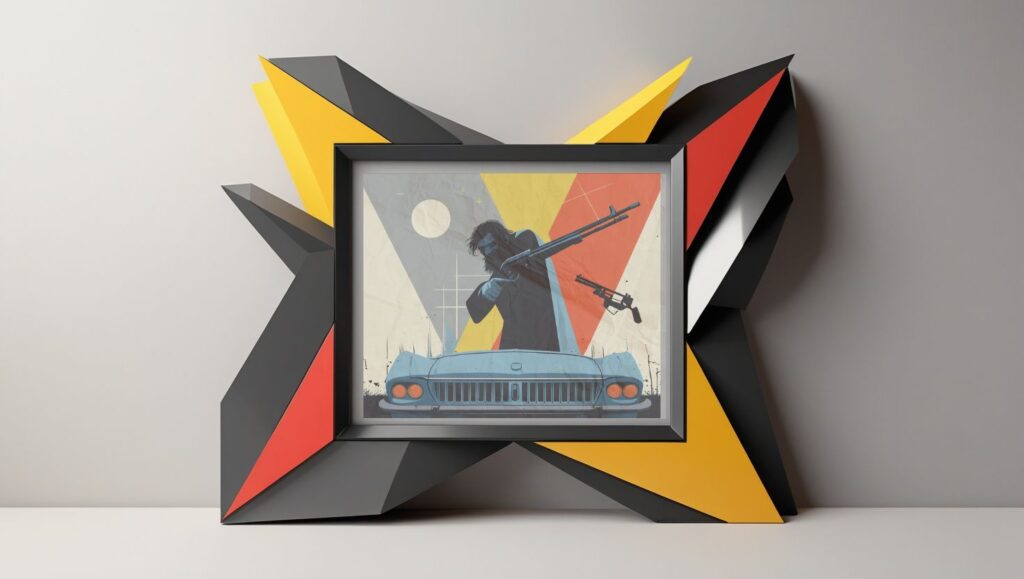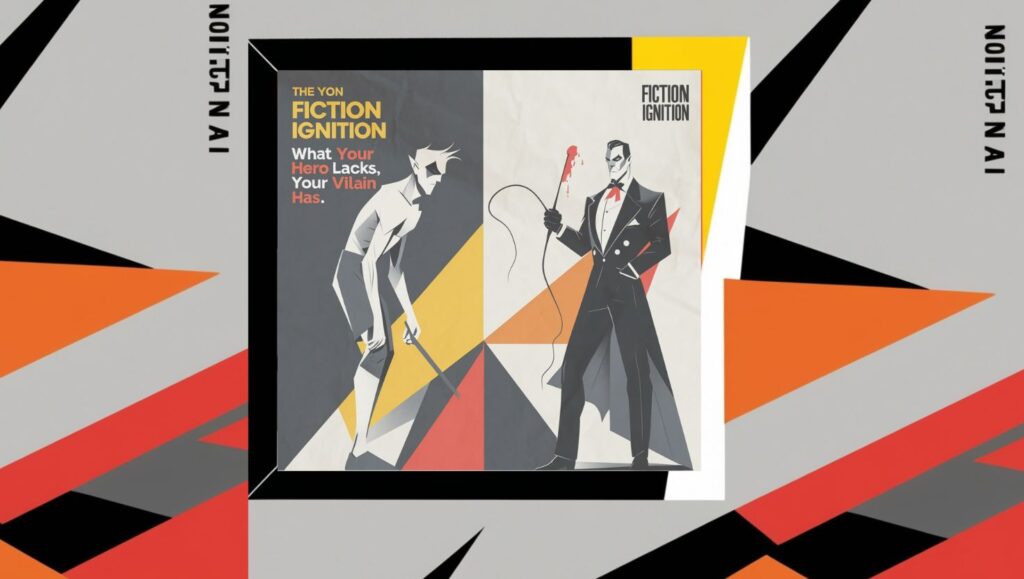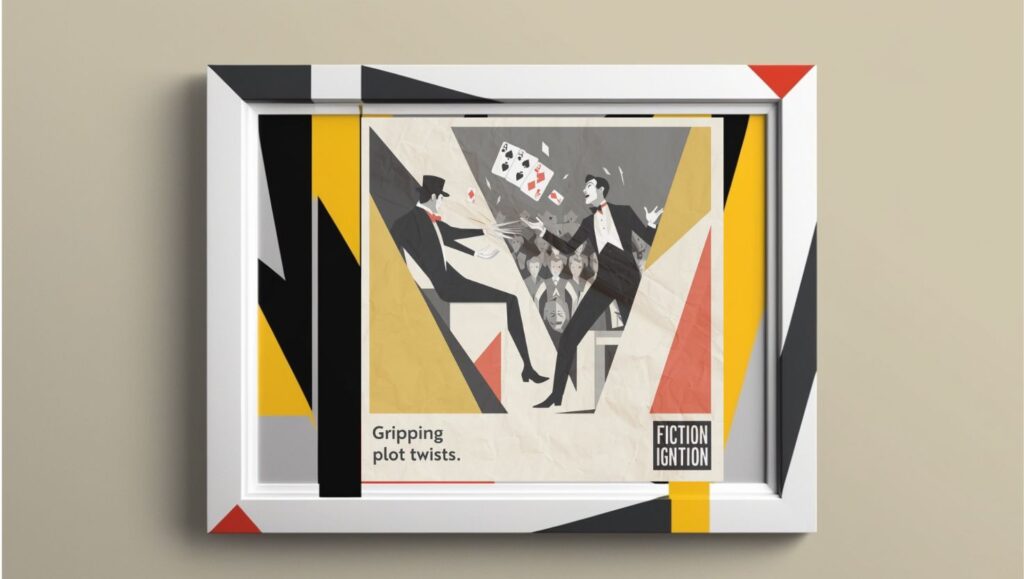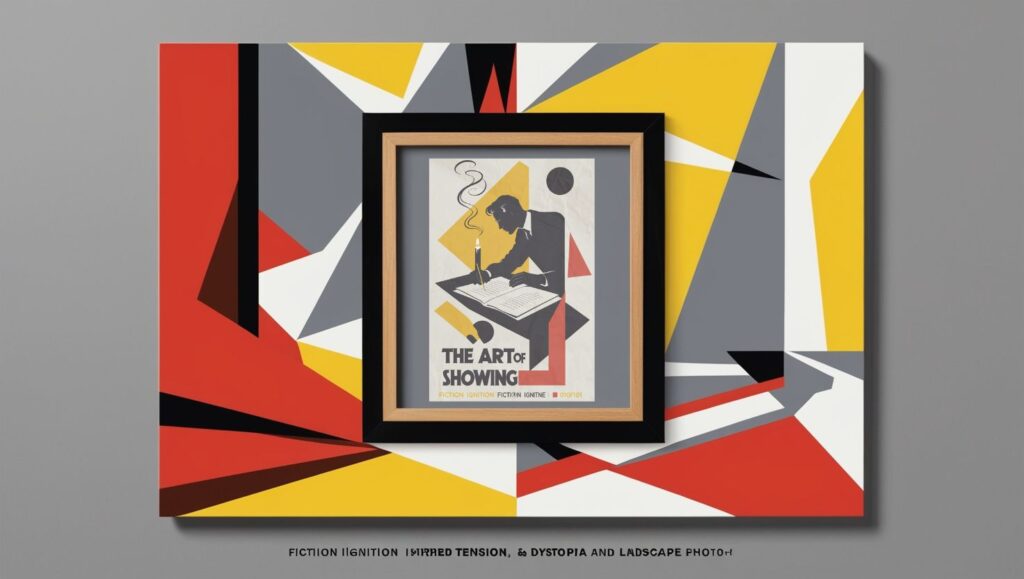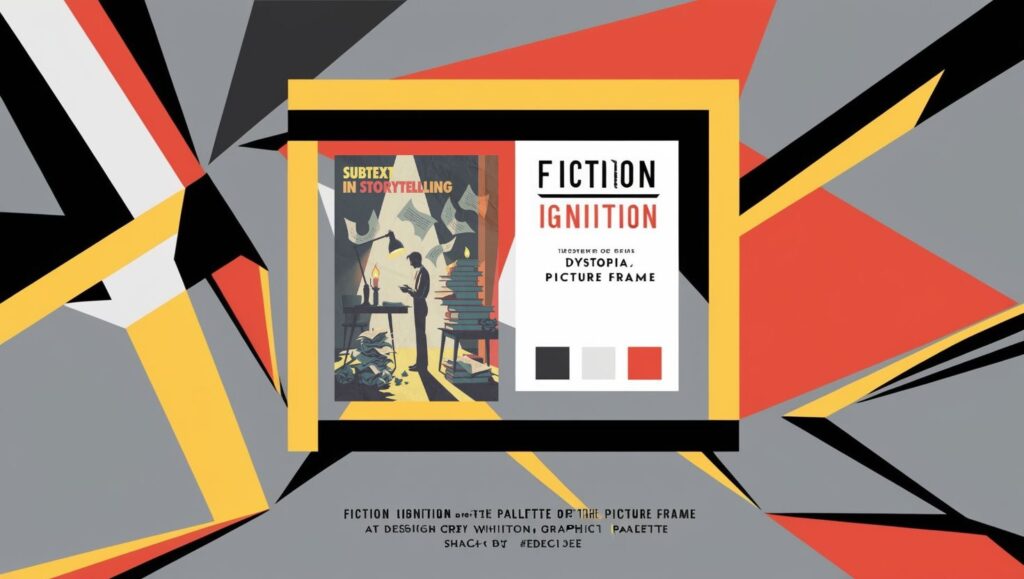🎬 Blue Ruin Explained: The Indie Revenge Film that Said “Hold My Beer” to Hollywood Tropes
Greetings, Fiction Igniters! 🔥
Gather ‘round, you Incendiary Ink-Slingers and Flame-Forged Narrators! Today, we’re cracking open a cinematic Molotov cocktail: Blue Ruin—a masterclass in character-driven storytelling, indie filmmaking on a razor-thin budget, and the power of subverting every rule Hollywood’s been tattooing onto our brains since Death Wish was in diapers.
If you thought revenge films were all about buff dudes with five o’clock shadows and untraceable weapons caches, Blue Ruin steps into the frame, clears its throat, and whispers: “What if revenge makes you smaller?”
🔪 Blue Ruin: A Revenge Story That Unravels Instead of Assembles
Our protagonist isn’t John Wick. He’s not Liam Neeson with a very specific set of skills. He’s Dwight Evans—a rail-thin, traumatized, hollow-eyed vagrant played by Macon Blair (who, incidentally, co-wrote this burning beast with director Jeremy Saulnier, his lifelong creative comrade).
Dwight isn’t hunting vengeance like it’s a righteous crusade—he stumbles into it like someone who just got a text from his past that reads: “Hey, remember that trauma you buried? It just got out on parole.”
He doesn’t know how to fight. He doesn’t know how to kill. He doesn’t even know how to clean up a crime scene. But he tries. Clumsily. Desperately. And, most importantly—honestly.
And that’s why we root for him. 💔
This isn’t a revenge power fantasy. It’s a panic attack in slow motion.
🔥 Why Blue Ruin Works (and What You Should Steal Without Regret)
1. Make Your Hero Human AF (That’s “Absolutely Flawed,” Folks)
Let’s torch the myth of the flawless protagonist. Dwight bleeds. Dwight hesitates. Dwight misses his shot—both literally and metaphorically. And yet, Blue Ruin simmers with tension because we believe him.
📝 Writing Lesson for Flaming Fictioneers:
Characters who stumble are more compelling than those who swagger. Why? Because authenticity ignites empathy.
- Think Marty McFly panicking in the DeLorean.
- Think Frodo collapsing under the ring’s weight.
- Think Fleabag trying to do one good thing and faceplanting into chaos.
Readers and viewers don’t want marble statues. They want bleeding, stammering, trembling people who still try.
“Your character doesn’t need to win the fight. They just need to show up—barefoot, broken, and burning for something real.”
2. Let the Plot Grow From Character, Not From Outline Tyranny
In Blue Ruin, Saulnier didn’t force plot twists onto a whiteboard with a stopwatch. He let Dwight’s fear and flaws drive the story forward like a runaway car with no brakes.
The result? Every scene feels like a natural consequence of the last one’s emotional entropy.
🧠 Tip for Molten Mind-Mappers:
If your plot outline works without the main character, it’s not a story—it’s a series of events.
Try this: Start with one emotional truth. (Dwight is afraid but must act.) Then ask: “What would this kind of person do next—wrongly?”
This is narrative jiu-jitsu. You’re using the character’s weakness to power the story forward.
3. Weaponize Genre Expectations (and Then Blow Them to Bits)
Most revenge thrillers have a second-act training montage. Not here. Dwight doesn’t level up—he spirals.
He forgets how guns work. He hides in a porta-potty. He breaks into a house, then apologizes. These moments don’t weaken the story. They unshackle it from genre clichés.
🔥 Example for Tropesmiths and Flamebenders:
Compare this to Unforgiven—Clint Eastwood’s final Western where the myth of the gunslinger turns to ash. Or The Artifice Girl, a sci-fi gem where budget constraints bloom into philosophical provocation instead of phaser blasts.
🎥 The Real Story: Two Friends, a Dying Dream, and a Flaming Comeback
Now here’s the tear-jerking twist behind the camera: Jeremy Saulnier and Macon Blair were lifelong best friends. They’d been chasing the Hollywood dragon since they were kids.
But by 2012, the dragon had bitten them back. They were broke, burnt-out, and staring down the barrel of real life. Saulnier had three kids. Blair had nothing to show for years of toil.
Blue Ruin was their creative last stand.
They mortgaged what little hope they had. They ran a modest Kickstarter, promising not explosions or effects—but passion. Sincerity. Grit. And people showed up.
“This wasn’t a pitch for a movie. It was a love letter to storytelling.”
The result?
- 🔥 Cannes Film Festival.
- 🔥 FIPRESCI Prize.
- 🔥 Distribution. Careers. A future.
That’s what you call lighting a fire with your final match.
💰 Crowdfunding Like a Creative Pyromancer
Let’s pause and drop some indie game wisdom. Blue Ruin didn’t have investors. It had believers. And believers are better than financiers—they become your audience before the first frame.
Lesson for Bootstrap Blazers:
Crowdfunding isn’t begging—it’s storytelling before production. The way you craft your campaign is your first act.
Saulnier didn’t sell spectacle. He sold intent. That’s why it worked.
Kickstarter even profiled them. MTV (back when they still cared about creative rebellion) praised them as a new indie gold standard.
So if you’re thinking about crowdfunding, take note:
- Lead with heart, not hype.
- Promise story, not spectacle.
- Build community, not just capital.
🧪 Step-by-Step: Steal Blue Ruin’s Alchemy for Your Own Work
- Start With a Wounded, Flawed, Real Character
- Not a “hero.” A human.
- Not a “badass.” A bruised soul who still walks into the fire.
- Let Plot Happen Because of Their Choices
- Don’t “plot.” React.
- What’s the dumbest, most human decision they could make right now? Do that.
- Play With Genre Like It’s a Broken Mirror
- Reflect it. Then crack it.
- Subvert the trope by showing the emotional cost behind it.
- Create Like This Is Your Last Shot
- Because it just might be.
- When nothing’s guaranteed, the work burns brighter.
- Make Budget Limitations Your Superpower
- Think Clerks. Think Primer. Think The Blair Witch Project.
- Budget restrictions don’t kill art. They kill laziness.
🧨 Final Salute to the Firestarters
To Macon Blair and Jeremy Saulnier: you turned a near-extinct dream into a furnace of hope for indie creators everywhere. You didn’t follow the rules. You incinerated them and danced on the ashes.
You taught us that truth > tropes, and that flawed characters make flawless stories.
So, Fiction Igniters, next time you sit down to write, ask yourself:
“Am I sculpting a hero, or am I excavating a person?”
Because the latter is where the fire lives. 🔥
Until next time, my Kindle Conjurers and Combustible Creators… don’t write—ignite!
🔥✍️💥
Want more examples of small independent films with a small budget but a huge intelligence? Check out our article on:
The Artifice Girl on Fiction Ignition

